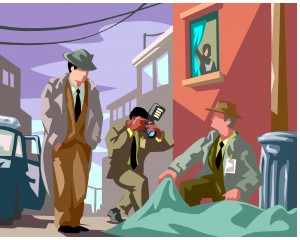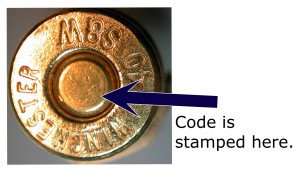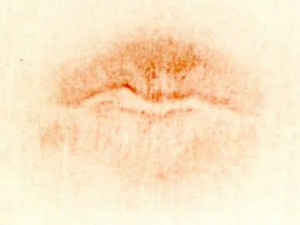
Where’s the medical examiner’s agent? Who contaminated the body by draping it with the blanket? Has anyone collected trace evidence yet?
Anyone who watches CSI and other forensics-based series might imagine that forensic scientists live glamorous lives. They work in labs illuminated by mood lighting, where they need an hour or less to generate exciting data using complex analyses. Who needs specialists? A TV forensic scientist can perform any type of test. In between quickie lab tests with equipment sure to burst any local government budget, forensic experts speed to crime scenes in their Hummers. They arrest suspects, interrogate them, and saunter back to their labs. All of this is a reflection of reality – an alternate reality, that is.
Beware of misconceptions created and perpetuated by TV shows and films. Lee Lofland, a veteran police investigator, writer and consultant, serves up “10 Forensic Myths Spread by TV,” which is posted on his website. It’s a good place to start separating fact and fiction.



